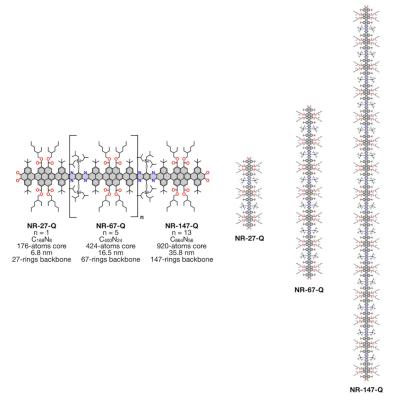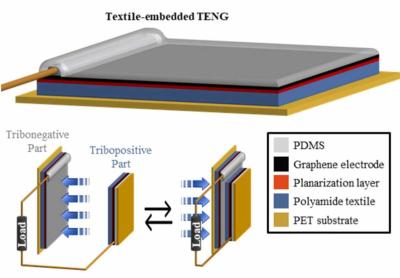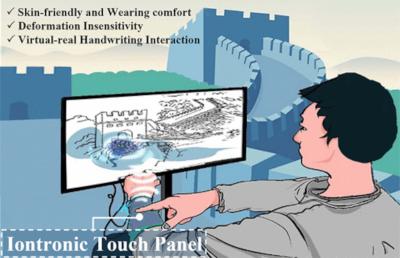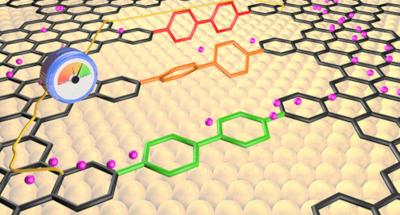MINIGRAPH project aims to pave the way for a new generation of graphene-based adaptive neuroelectronic therapies
The MINIGRAPH project (Minimally Invasive Neuromodulation Implant and implantation procedure based on ground-breaking GRAPHene technology for treating brain disorders) aims to pave the way for a new generation of adaptive neuroelectronic therapies, resolving the most important limitations of current technology. The project revolves around the development of a new generation of graphene-based brain implants.
The project started in October 2022 and will go on for 36 months. It is a HORIZON-EIC project, with an estimated cost of €3,928,402.50. Among its members are ICN2, IMEC, Fraunhofer, INBRAIN Neuroelectronics, MSRL and more. Recently, Scientists from the Czech Advanced Technologies and Research Institute – CATRIN at Palacký University also announced that they will participate in the project.







